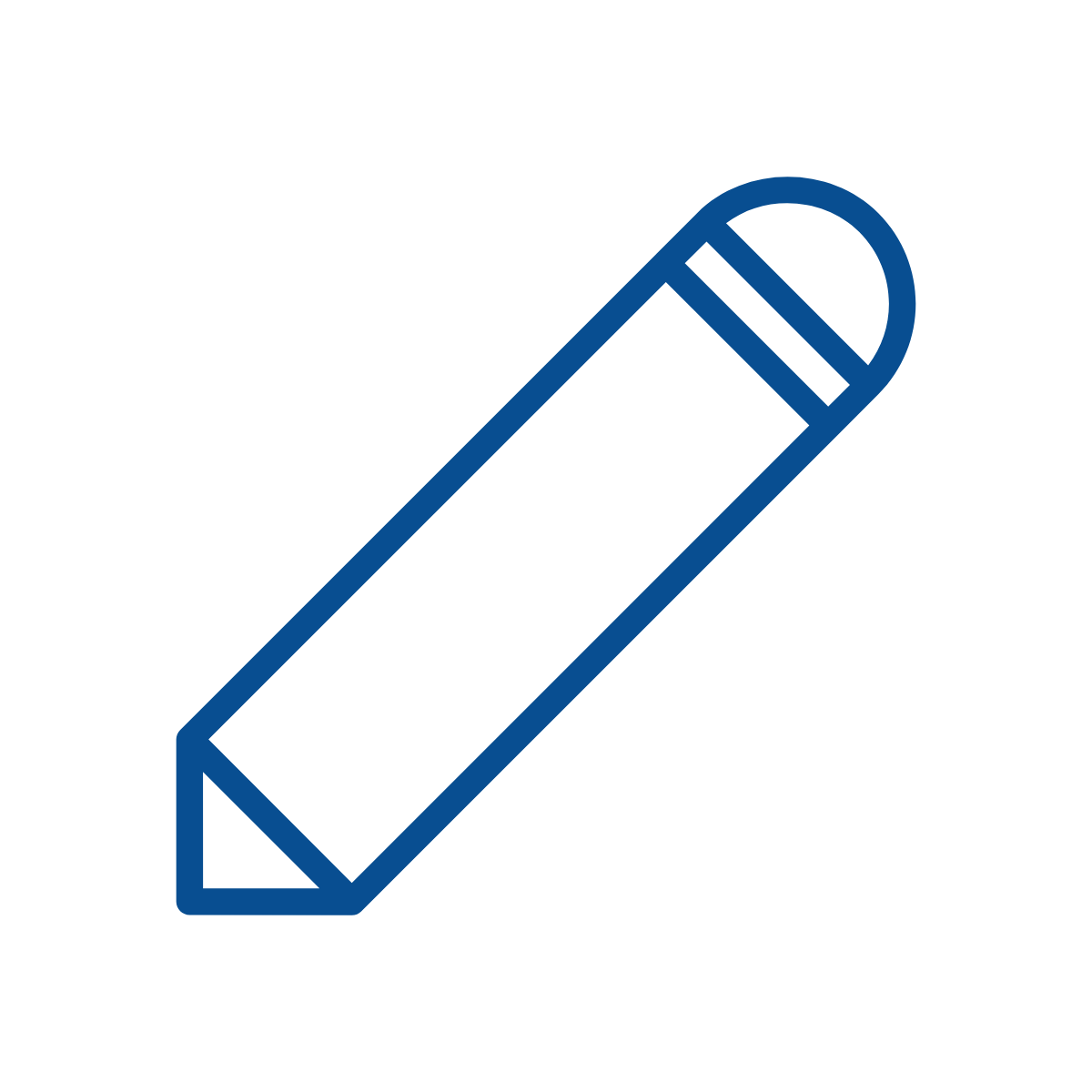Course teacher(s)
Iris Stiers (Coordinator)ECTS credits
6
Language(s) of instruction
english
Course content
We address detailed abiotic properties of standing and slow-flowing aquatic systems, including salinity and ion composition, dissolved inorganic carbon, light availability, lake stratification and associated oxygen conditions, redox reactions and nutrient cycling. Biological communities (bacterioplankton, phytoplankton, macrophytes, zooplankton, zoobenthos, fish, water birds and other vertebrates) are introduced and described taxonomically as well as based on their functional characteristics in typical freshwater food webs and the associated biotic interactions. Biotic interactions and food web structure are contrasted for lotic and lentic systems. Students additionally are familiarized with a larger diversity of freshwater ecosystems and trophic structures across the aquatic-terrestrial continuum and micro- and macrogeographic climate gradients, (e.g. temporary systems, anthropogenic systems, tropical vs. temperate/polar systems etc.). Finally, anthropogenic threats to freshwater ecosystems are introduced (focus on eutrophication, climate warming, various forms of pollution, salinization, etc.) as well as applied aspects of limnology such as biomonitoring of ecological water quality and the restoration of shallow lakes. Food web structure and management strategies such as biomanipulation are elaborated on via specific case-studies which are representative of the exam format, during which the students should be able to apply general principles to case studies including various taxonomic groups across trophic levels and interpret different aspects of biomonitoring and biomanipulation.
HOCs (24 contact hours) are accompanied with a field excursion and two WPOs.
Objectives (and/or specific learning outcomes)
ALGEMENE COMPETENTIES
After having successfully completed this course, you should:
- understand the physicochemical properties of aquatic ecosystems in relation to their age, size, origin, location on earth and the chemical position of the water column and sediment
- be able to explain the main processes of lake and river ecosystems in function of catchment properties, seasonal variations and horizontal and vertical gradients of biotic and abiotic components
- understand the way in which running and standing waters function as an ecosystem to organisms
- relate biotic interactions to natural, managed and man-made systems
- understand the major anthropogenic threaths to freshwater ecology- interpret and report field measurements in river and lake ecology
- get acquainted with standardized protocols in the field of freshwater ecology (pond sampling)
- perform a peer review of a report which includes constructive comments and suggestions to text, grammar, scientific output and interpretation, data-analyses, and integration in the state-of-the-art literature, with the goal of constructive improvement of the report/study
Teaching methods and learning activities
24 contact hours Lecture
12 contact hours Seminar, Exercises or Practicals
26 contact hours Independent or External Form of Study
Other information
Additional information
Study material: digital (slides) – syllabus with all HOC slides
textbook (not mandatory): Ecology of Freshwaters (Brian Moss) - 5th edition
Campus
Outside campus ULB
Evaluation
Method(s) of evaluation
- Practice exam
- Oral examination
Practice exam
Oral examination
Oral exam (after written preparation with open book) (70%)
Practicals and exercises (30%). The practicals are compulsory (100%) and absence is only justified by a medical attest.
WPOs are evaluated via a report which accounts for 30% of the total score and has two evaluation phases including a peer evaluation (peer review is a draft evaluation, mandatory to participate, if not: -1 on practical report) and a final evaluation by the titulars.
Results for the oral exam and for the report must each separately reach at least half of the score
Important note: students are required to pass for both the report and exam separately in order to pass for the course.
Mark calculation method (including weighting of intermediary marks)
The final grade is composed based on the following categories:
Oral Exam determines 70% of the final mark.
PRAC Practical Assignment determines 30% of the final mark.
Within the Oral Exam category, the following assignments need to be completed:
- oral exam with a relative weight of 1 which comprises 70% of the final mark.
- WPO practicals with a relative weight of 1 which comprises 30% of the final mark.
Language(s) of evaluation
- english
